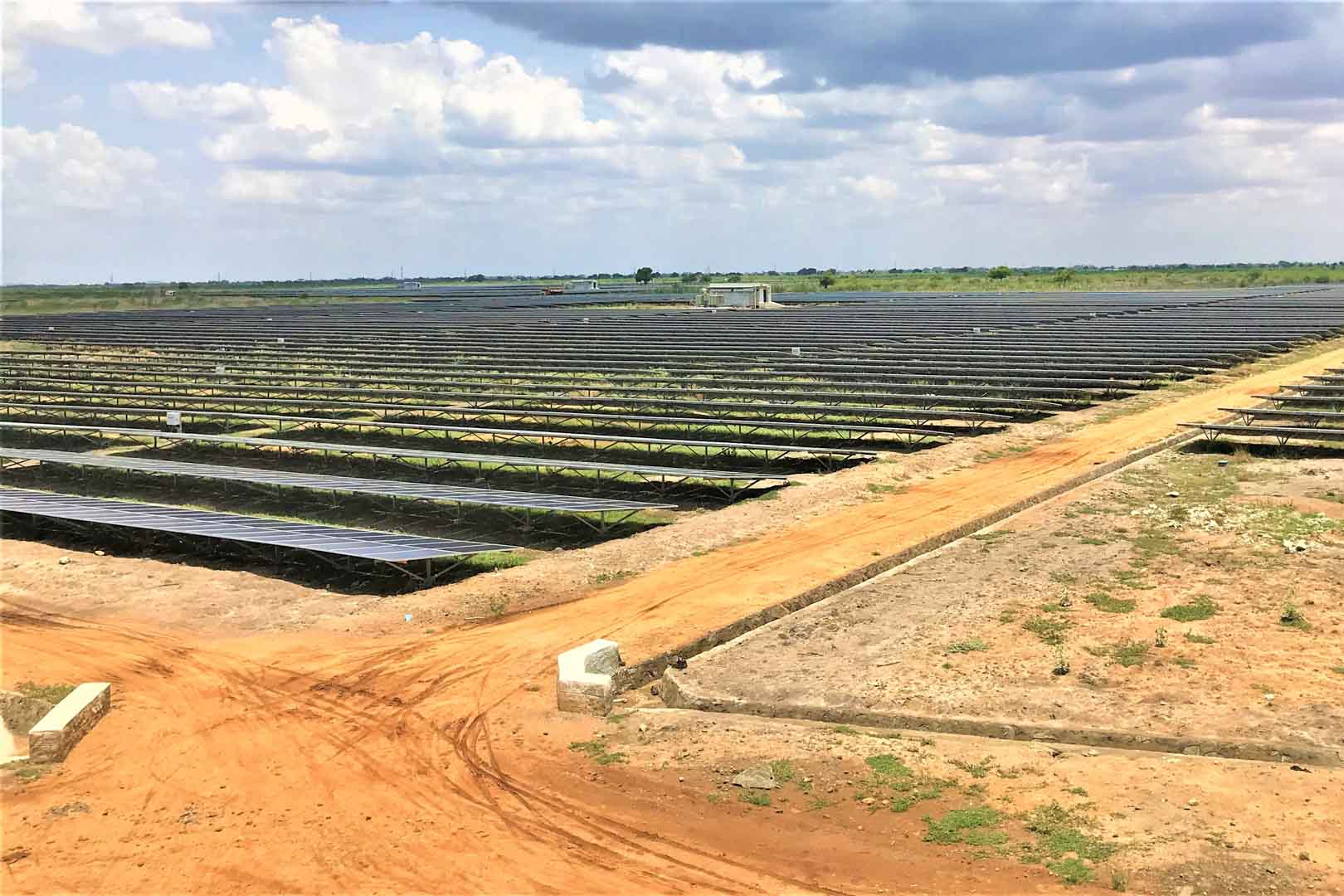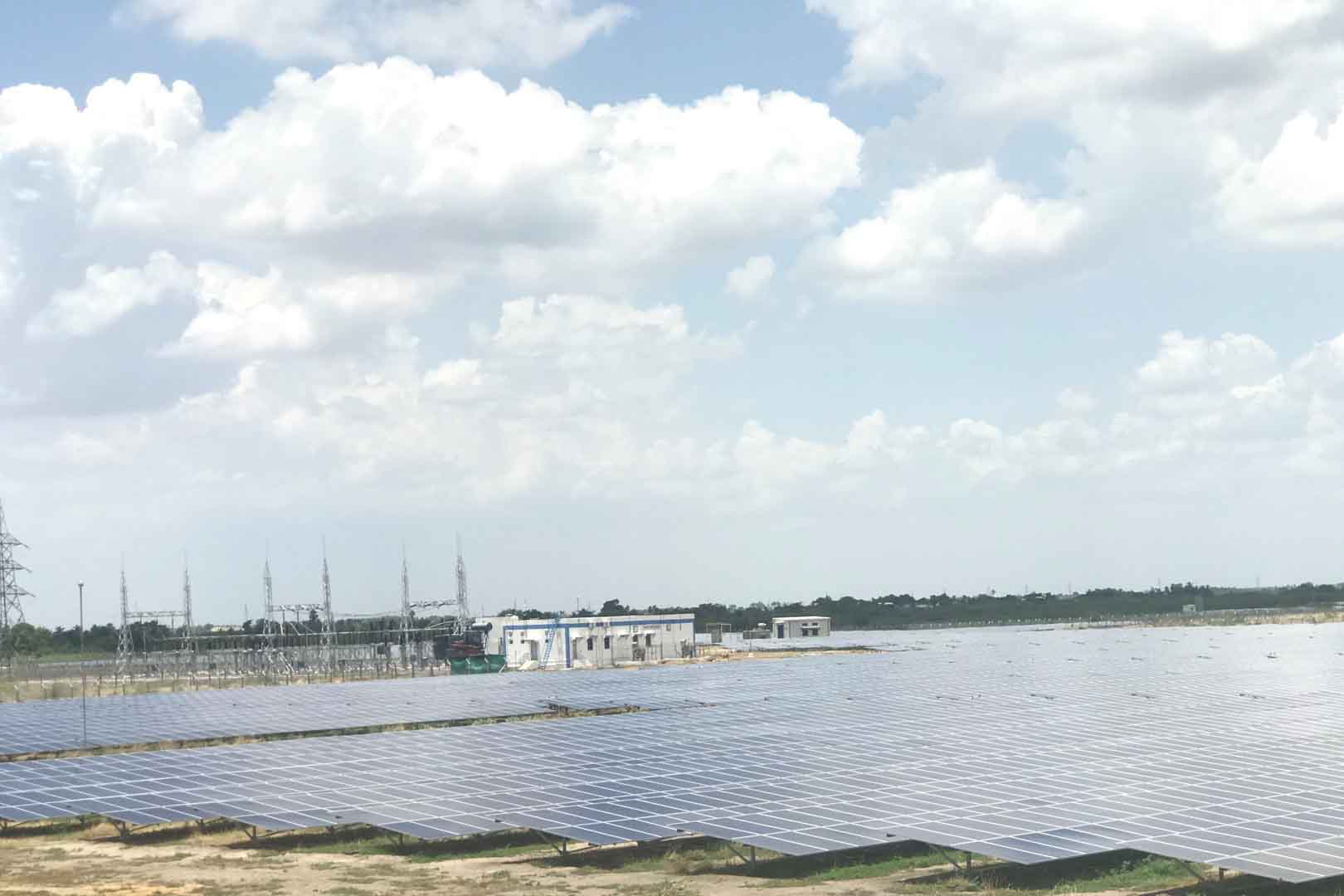Solar energy increases share of renewable energy in India
Solar energy is on the rise worldwide, including in India and it is an essential technology to decrease the amount of fossil fuel-generated energy. This project in the Indian states of Maharashtra, Tamil Nadu, and Karnataka generates clean electricity from a total of five solar power plants with a total capacity of 220 MW. Since 2018, these power plants feed about 461,967 MWh annually to the Indian grid which otherwise would have been generated by existing thermal or fossil fuel-based plants.
By that, the project saves about 432,770 tonnes of CO2 emissions every year and increases the share of renewable energy in the Indian grid. This also helps to reduce the energy supply gap in India and further promotes solar energy as sustainable technology in the country.

Although the development of renewable energy sources is increasing, energy from fossil fuels is still a significant part of energy production worldwide. This is associated with the release of large amounts of carbon emissions. The use of solar energy is a good way to provide people around the world with renewable energy and reduce greenhouse gas emissions. Solar installations, implemented through solar projects, convert sunlight into electricity (photovoltaic) or heat (solar thermal). Even when the sky is cloudy, the solar thermal power plants generate heat and convert it into electricity. Photovoltaic projects use the photoelectric effect to convert sunlight into electricity.
The energy produced is typically fed into the national or regional power grid, reducing the share of fossil fuels in the electricity mix. In addition to reducing carbon emissions, solar projects also prevent the release of various pollutants associated with conventional power generation. Solar energy projects in the ClimatePartner portfolio are registered with international standards.
Explore our projects
Biochar for Climate Action, Healthy Soils, and Better Harvests

A certified climate project combined with additional commitment

Expansion of renewable energy generation in Asia

Ceramic water filters save CO2 and improve health

Improved cookstoves worldwide – for better health and cleaner air

A certified climate project combined with additional commitment

Powering access to renewable energy in Africa

A certified climate project combined with additional commitment

Restored ecosystems remove carbon

Turning degraded farmlands into healthy ecosystems

Improved cookstoves - better for health and the environment





